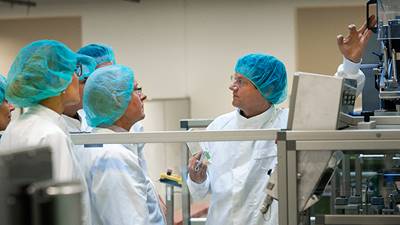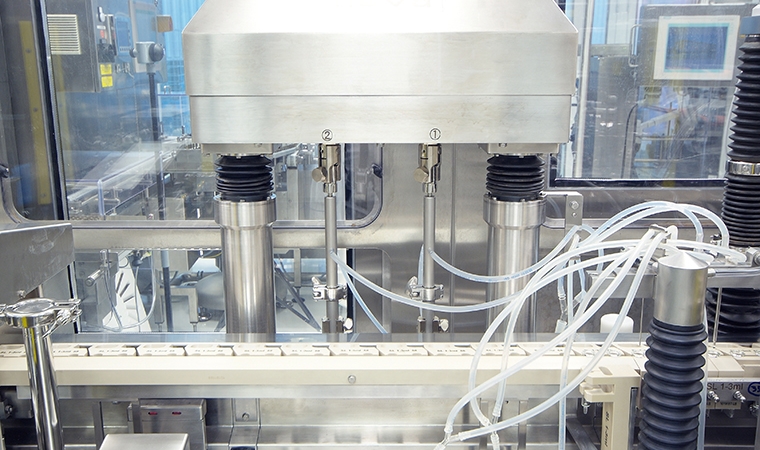Closed systems are an integral technology for protecting pharmaceutical products. They can prevent the contamination of products, workers and a facility. It’s no wonder that this technology is becoming a foundation of biotech system design.
While it is the manufacturer’s responsibility to define and prove closure for a process step, there are some general attributes of closed systems:
- Closed systems utilize processing equipment that does not expose a product to the external environment
- They allow materials to enter or leave a system via predetermined control paths
- Closed systems can be validated to prevent unwarranted material exchange between the process and environment
But these attributes beg several questions: What are the primary elements of a closed system design? How do you ensure that your equipment and components are closed? What implementation options are available to me?
Considering closed system design
Closed bioprocessing systems’ guidelines centre on each component’s sterility and cleanability to meet the guidelines of good manufacturing practices (GMP) for equipment design and construction.
While there are many complexities associated with closed processing systems, there is an equal number of implementation options. Take sampling systems for example. It is often necessary for efficiency and quality to take in-process samples while maintaining aseptic conditions.
One approach for a closed system design for in-process sampling is when product transfer occurs via a series of automated and manual valves and the sample port is cleaned and sterilized using the sterilize-in-place (SIP) system. In this scenario, the sample assembly is cleaned prior to the product transfer and again upon completion of the transfer. There is a specific sequence of operation that must be followed for the cleaning and sampling process.
Approaching facility design
Ironically, if a system design is closed, it opens up a number of facility design options and offers a flexible approach to compliance from a regulatory perspective.
Costs for biomanufacturing space are very expensive, with some facilities averaging between USD 700 and 1,700 or more per square foot and this valuable space is occupied by large equipment and processes from HVAC to cleanroom space, gowning materials and more. Closed systems can dramatically reduce space and there are a variety of ways to do this:
- The primary closed-process approach is to situate all closed processes in a classified space that is validated and under protocol control.
- The second approach is the “grey space” implementation, where some of the mechanical and maintenance-intense components of process equipment are located in a non-classified space.
- A third case is a less-used approach, where only sample port locations sit inside a clean vestibule space.
- The final case is a completely closed system production, where classified cleanroom space is dramatically reduced by closure, lowering operation costs, maintenance and validation of this space.
Closed systems operational influence
It is considered good engineering practice to design the main process stream to be as closed as possible during operation, as this naturally reduces contamination risk – but some products and processes are better suited for closed system design than others.
With clinical or process development or smaller scale operations, it may be much easier and cost effective to place the entire process into a classified environment and allow for more open operations. In addition, upstream process operations, such as cell culture unit operations, are typically designed as axenic operations, where the culture is free from living organisms other than the host cell – thus requiring a closed-system design approach.
Some process unit operations are difficult to keep fully closed. Certain forms of in-process sampling, column fractionation and solids additions from bulk containers are examples.
Closed systems are critical to meeting GMP requirements. International regulatory authorities recognize the importance of this fundamental practice. Though it is not necessary for all production systems to be designed around the closed-system concept, good engineering design practice encourages closed systems to protect the product, workers and the environment. Both authorities and pharma first-movers recognize that closed-system design is key to minimizing risk, both in terms of facility capital cost and operational expenditures.


